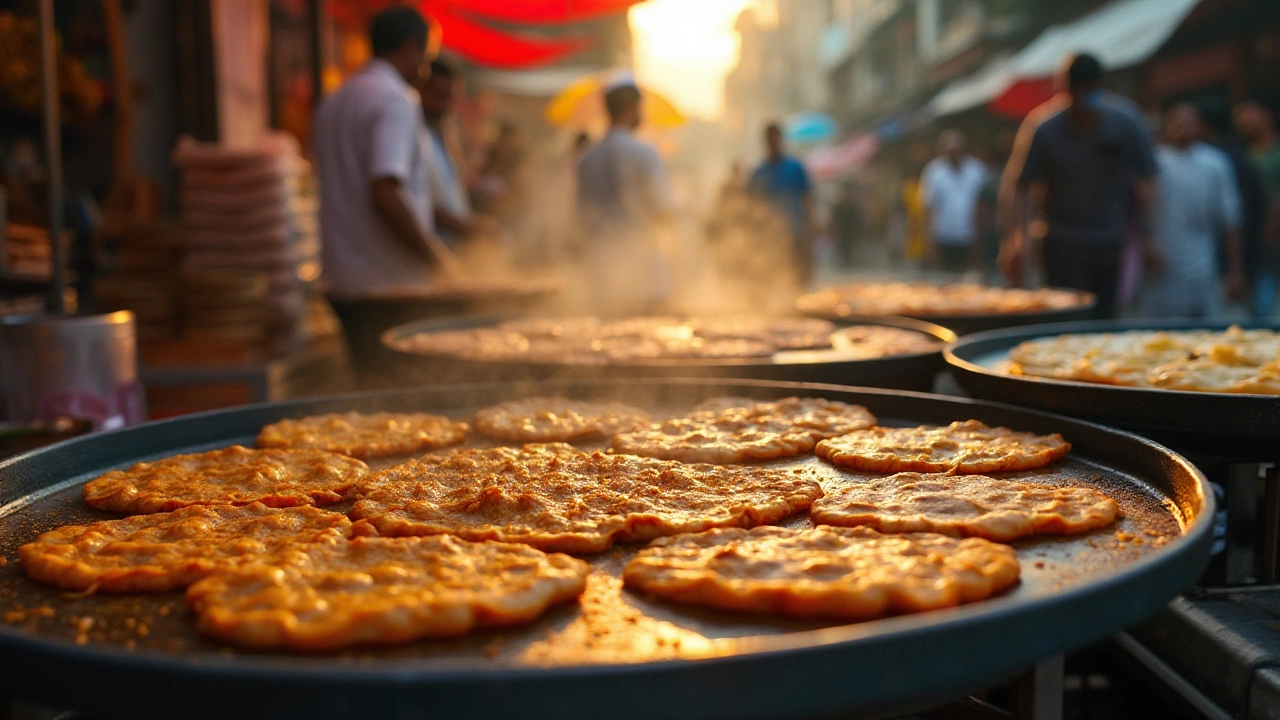Pakistani Cuisine: Explore Authentic Flavors and Essentials
When talking about Pakistani cuisine, the culinary traditions of Pakistan that blend Central Asian, Middle Eastern and South Asian influences. Also known as Pakistani food, it brings together hearty spices, fragrant rice dishes and vibrant condiments that make everyday meals feel special.
One of the most celebrated staples is biryani, a layered rice dish that Pakistani cuisine showcases across provinces. Biryani requires long‑grain basmati, marinated meat or vegetables, and a delicate balance of saffron, cardamom and yogurt. The dish encompasses regional twists – Sindhi, Lahori or Kashmiri – each adding local herbs or nut toppings. Pairing biryani with a side of dal, a spiced lentil stew, creates a protein‑rich combo that balances the richness of the rice.
Beyond biryani, curry forms the backbone of many meals. Pakistani curries often start with a tempering of cumin, coriander and dried chilies, then simmer with tomatoes, garlic and ginger. The resulting sauce supports everything from chicken tikka to vegetable korma. A good curry needs the right thickness – not too watery, not too thick – and the proper spice heat, which varies by region.
Every Pakistani table also features a bright chutney. Whether it’s a mint‑coriander blend, tangy tamarind, or sweet mango, chutney adds acidity and freshness that cut through the richness of biryani and curry. The preparation involves grinding fresh herbs, adding a splash of lemon or yogurt, and seasoning with salt and a pinch of sugar. Serving chutney chilled or at room temperature enhances its aromatics, turning a simple side into a flavor catalyst.
All these elements – biryani, dal, curry and chutney – share common threads. They require quality spices, proper timing, and an understanding of texture. Mastering the art of layering flavors is what turns a regular pot of dal into a silky, comforting bowl. Knowing when to add lemon juice to biryani, or how much ghee to stir into a curry, can mean the difference between a dish that’s merely tasty and one that’s unforgettable.
For home cooks, the biggest hurdle is often the fear of “getting it wrong.” The good news is that most Pakistani dishes are forgiving if you follow a few key tips: rinse basmati rice twice for fluffier grains, soak lentils for quicker cooking, and let your spice mix rest for at least 15 minutes before heating. These small steps increase flavor penetration and keep textures on point.
Below you’ll find a curated set of articles that dive deeper into each of these topics. From why lemon brightens biryani to the science behind fluffy roti, the collection equips you with practical advice you can try tonight. Ready to turn your kitchen into a flavor hub? Let’s explore the posts and start cooking.

Traditional Pakistani Breakfast: A Rich Culinary Journey
Explore the vibrant and diverse breakfast offerings of Pakistan, a country known for its rich culinary heritage. From spicy dishes to sweet delights, discover what makes the first meal of the day in Pakistan unique. This article delves into the variety of flavors, ingredients, and regional specialties that make up a traditional Pakistani breakfast. Whether you're looking to try something new or understand more about this fascinating culture, this guide has you covered.